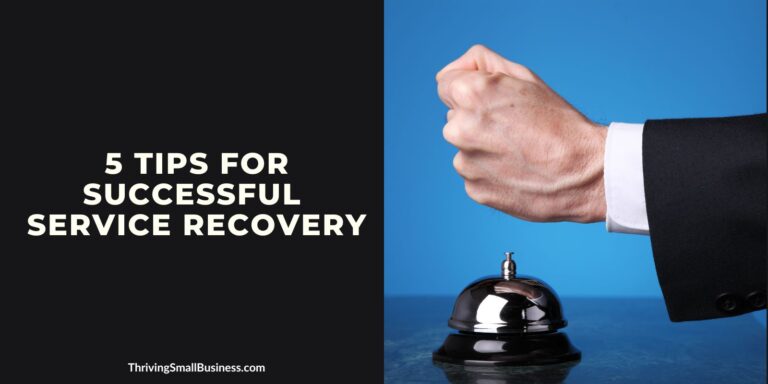8 Sustainable Business Practices – Are You Doing Your Part?
Estimated reading time: 4 minutes
There seems to be more and more education on the importance of corporate social responsibility in support of sustainable business practices.
The increasingly popular green approach to business practices is what sustainability is all about.
Sustainability is a term that has grown in popularity and has become a catchphrase for green business practices that have been incorporated into many corporate strategies.
The definition of sustainability is:
“The quality of not being harmful to the environment or depleting natural resources, and thereby supporting long-term ecological balance.”
The EPA defines sustainability as:
“Everything that we need for our survival and well-being depends, either directly or indirectly, on our natural environment. Sustainability creates and maintains the conditions under which humans and nature can exist in productive harmony, that permit fulfilling the social, economic, and other requirements of present and future generations. Sustainability is important to make sure that we have and will continue to have, the water, materials, and resources to protect human health and our environment.”
There is more and more research that suggests that customers care about sustainability and want to partner with businesses that incorporate social responsibility into their business strategy.
As consumers become more educated, they look for businesses that share their values.
Regardless of the size of the organization, there are things we can all do to participate in conserving resources.
8 Sustainable Business Practice Examples
1. Be Intentional About Sustainability
Sustainability needs to be incorporated into corporate strategies and reflected in organizational business goals. This means making this a priority in every aspect of organizational operations.
As with any other business initiative, you need to make a plan of action and assign accountability. Hold people accountable and measure the results.
Once that is done, do it again. This will create momentum in your sustainability efforts.
2. Partner with Employees
Invest the time in training employees on the importance of sustaining the environment and share what the organization is doing to help conserve resources.
Solicit additional ideas from employees for resource conservation.
You might be surprised at what employees are experiencing and can offer ideas to reduce waste and improve their work environment.

Case Study: Walmart had a manager in one of its stores who noticed that employee vending machines had lights that ran all the time even though employees could see the products without additional lighting.
Walmart made some changes, turned off those lights in all employee lounge vending machines, and saved a staggering $1 million dollars a year in energy costs!
What similar ideas do your employees have?
3. Water And Electric Conservation
Conserving our water is something we can all participate in by reducing the opportunities for wasting this valuable resource.
For example, converting to energy-efficient faucets, toilets, and lighting can be a great way to save water, energy, and budget dollars.
4. Supply Chains
Statistics show that customers prefer working with sustainable companies that are environmentally friendly.
Maintain a list of sustainable-friendly vendors and make it a priority to only use organizations that embrace sustainable business practices.
Negotiate contracts with this expectation made clear.
5. Develop a Recycling Program
Develop an in-house program for recyclable products like:
- fluorescent light-bulbs
- electronics
- computers and monitors
- paper products
- supplies
Use your waste management vendor to help create a process for this.
6. Chemical Management
We are learning more and more about the impact of chemicals on our environment.
Strive to use green cleaning products and non-chemical products for pest control and weed management.
Use your chemical vendors to help train employees on the proper use and disposal of chemicals.
If you outsource your facility cleaning to a professional cleaning company, insist on the use of green products.
7. Purchase Only Energy Efficient Products
Look for energy-efficient electronic products and use environmentally friendly settings on office equipment.
Choose computer, electronic, and IT acquisition products that are EPEAT registered to ensure the highest levels of efficiency.
8. Develop Sustainability Work Policies
Develop sustainability policies and procedures to reinforce the efforts.
Things like power down equipment at the end of the day and enable energy savings settings on all computers and desktops, are examples of policies that can support the cause.
The challenge to sustain the environment can be overwhelming, but if each of our organizations, large or small, does its part, we can all contribute to conserving this great planet that we call home.
What are some things your organization does to help sustain the environment?






